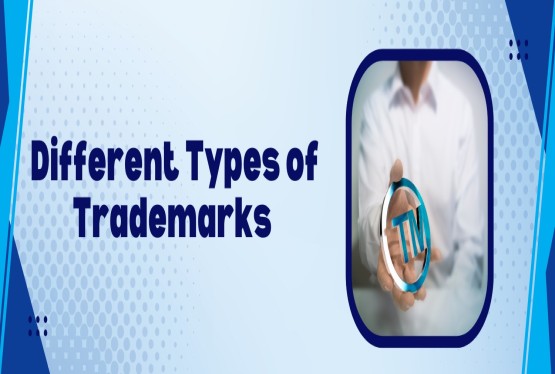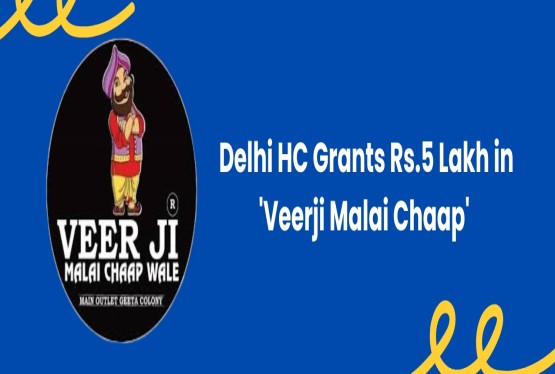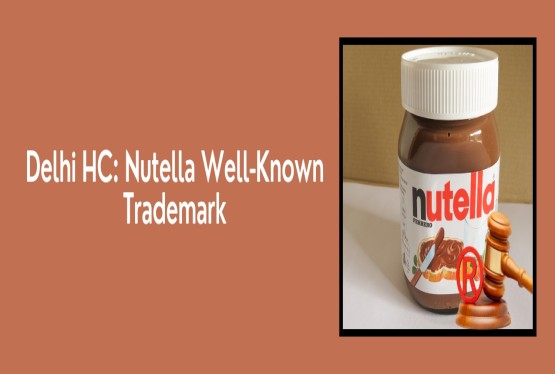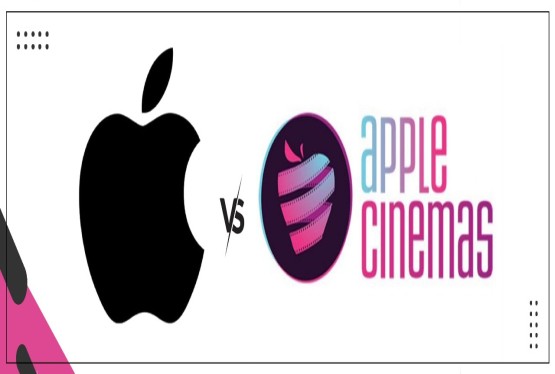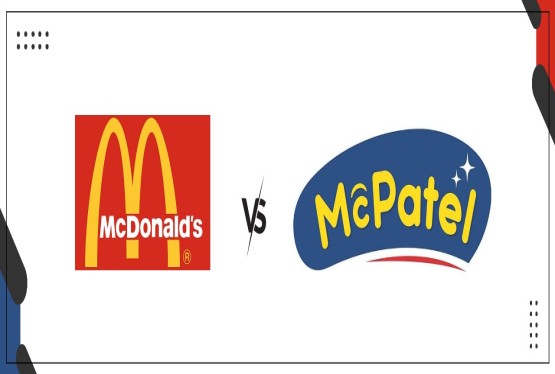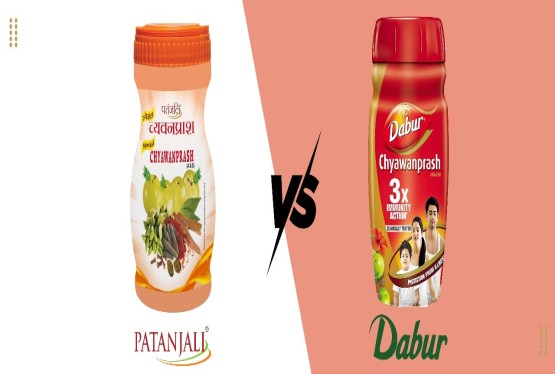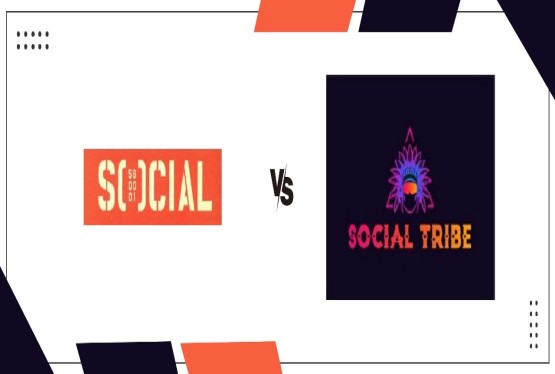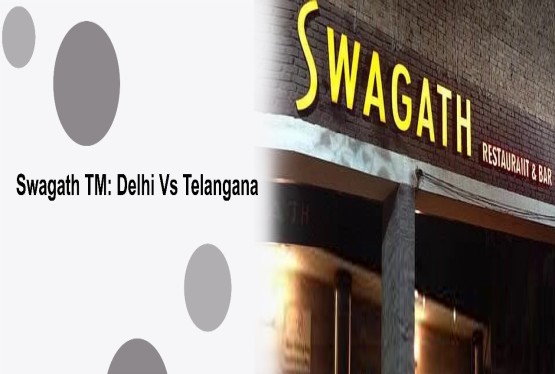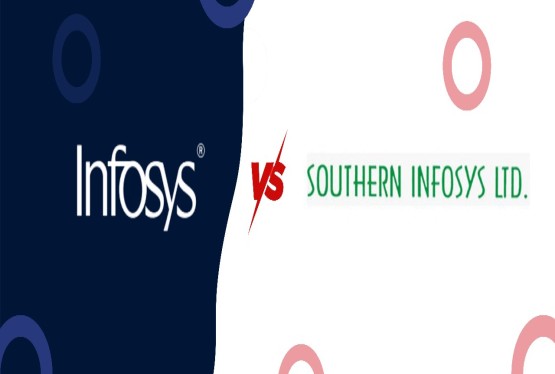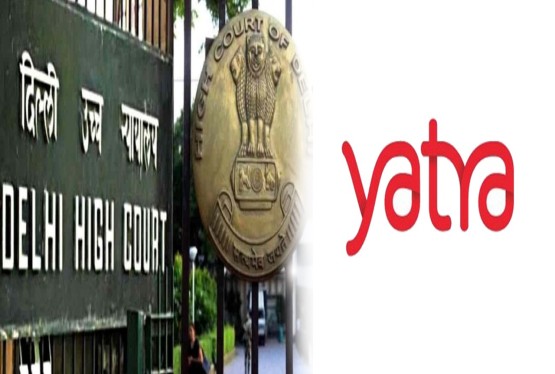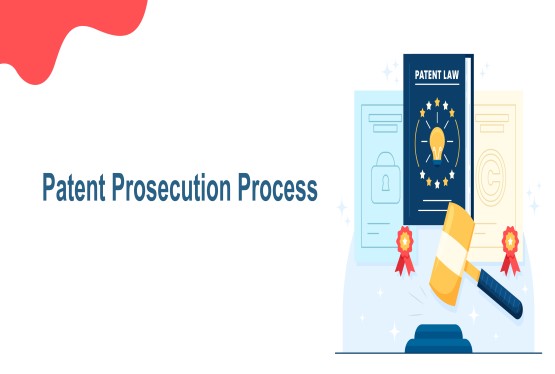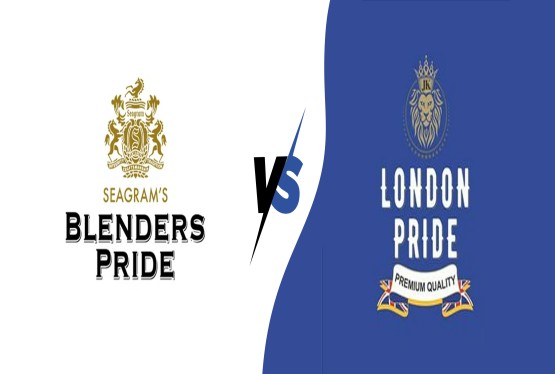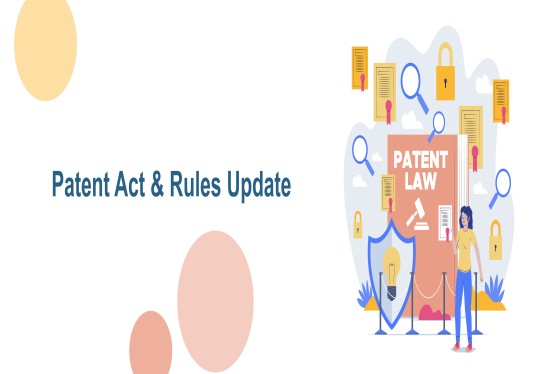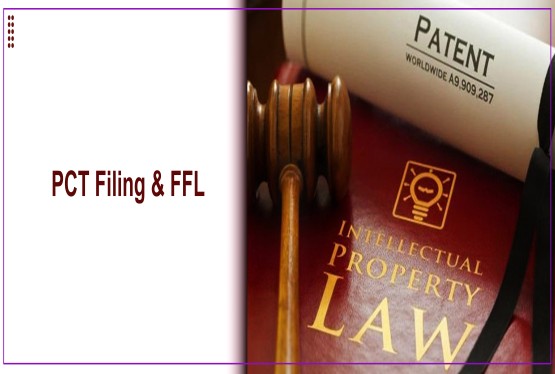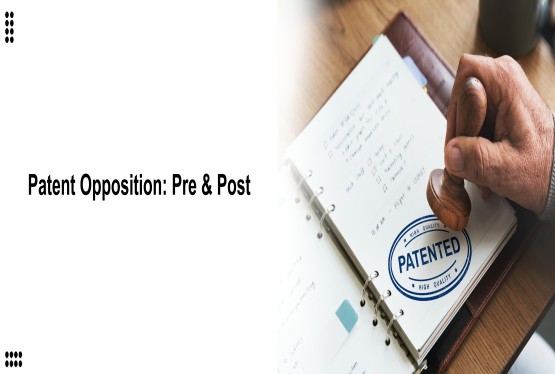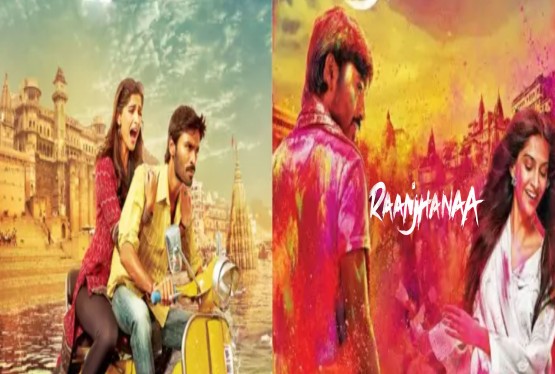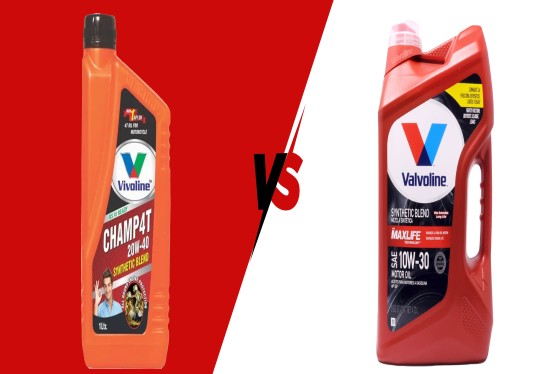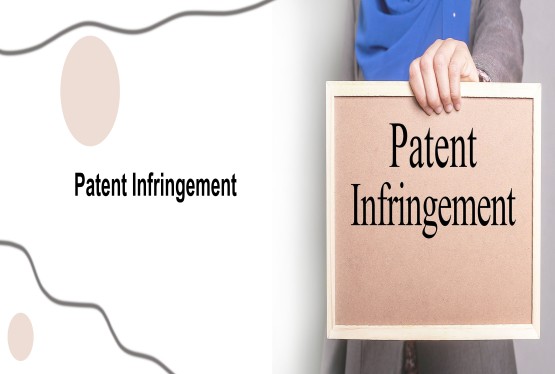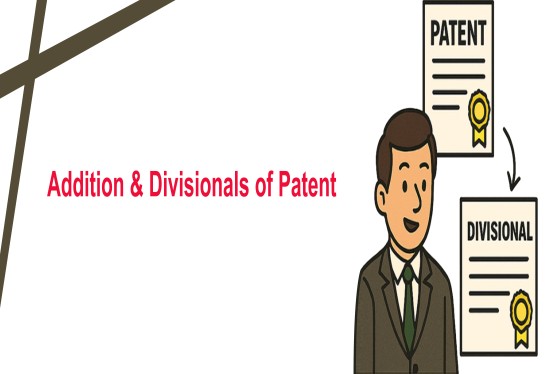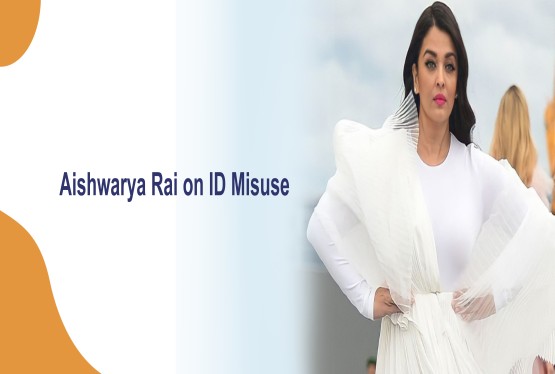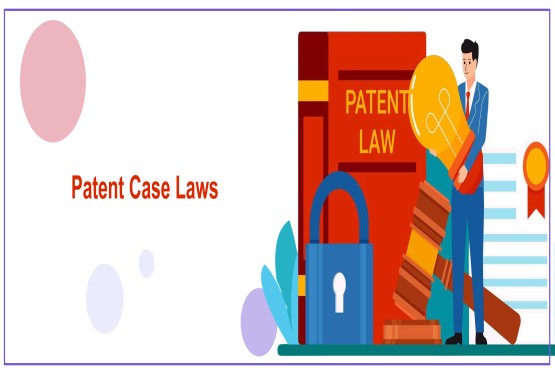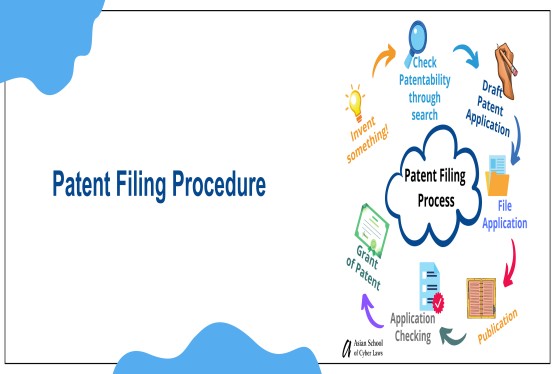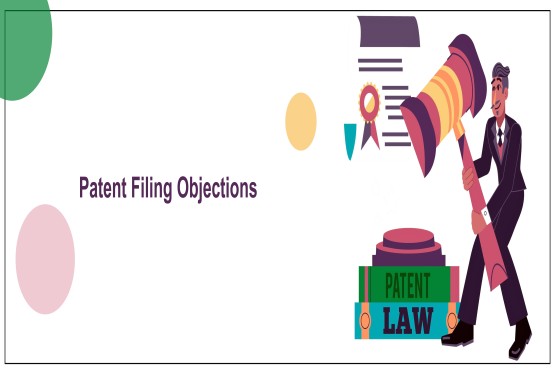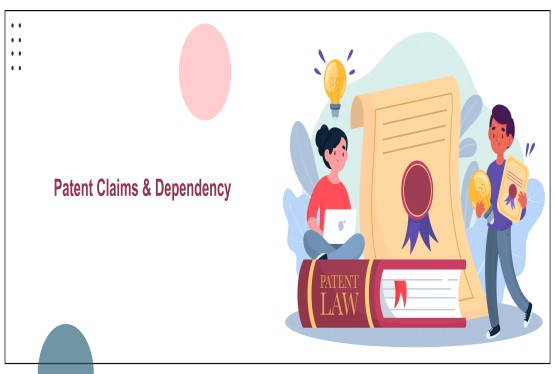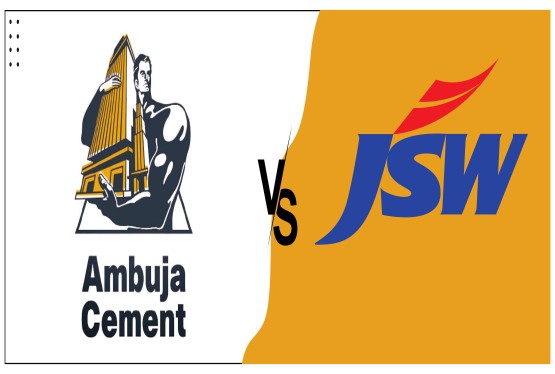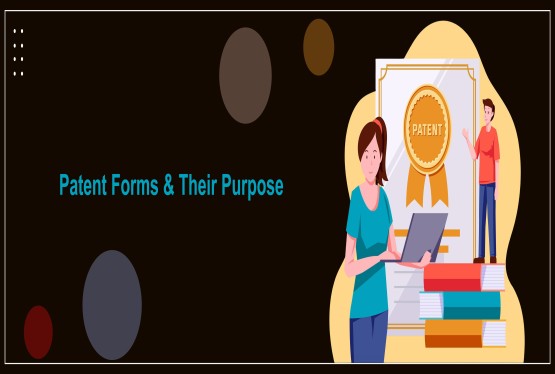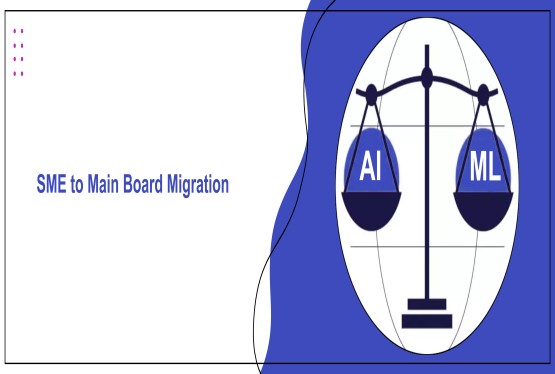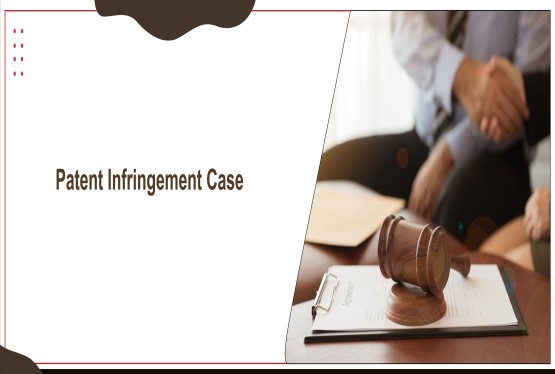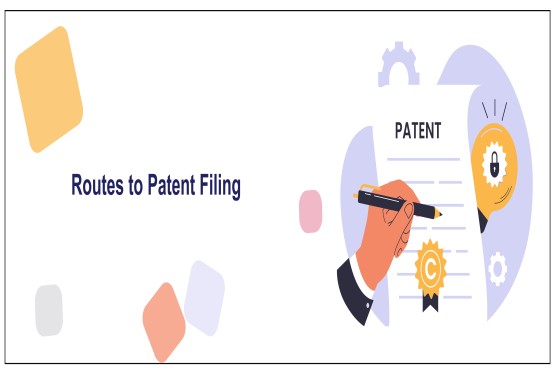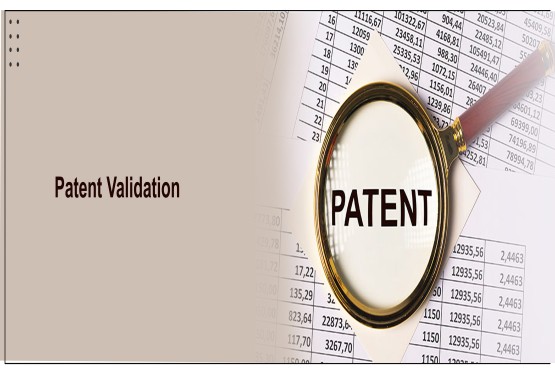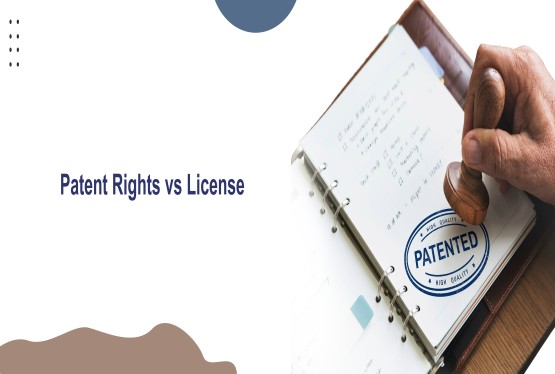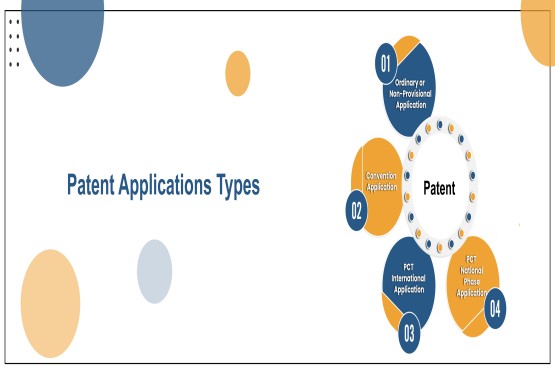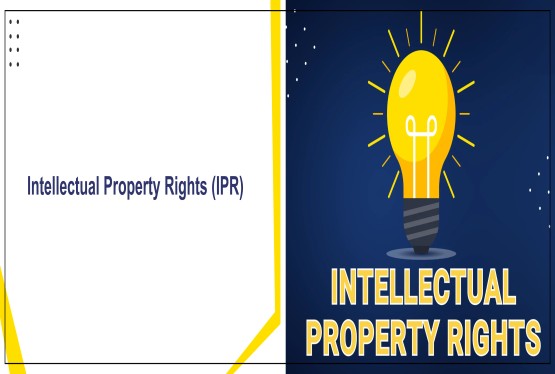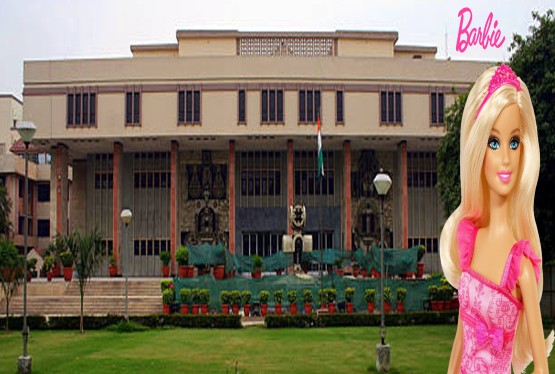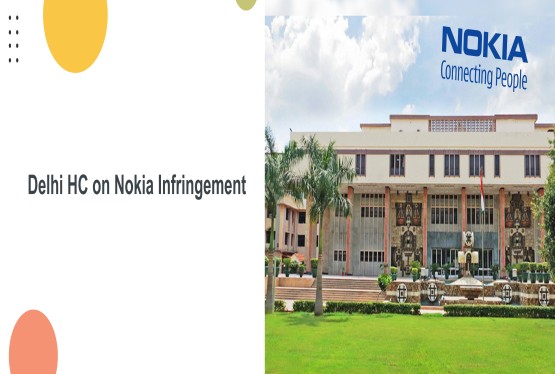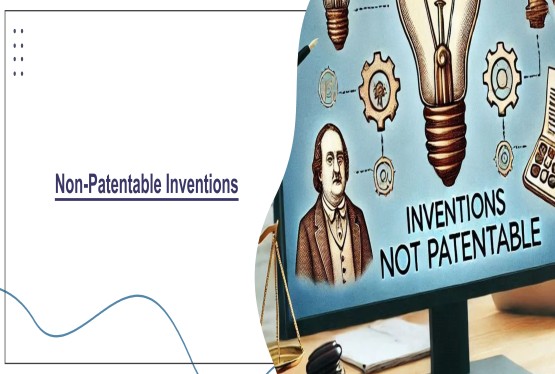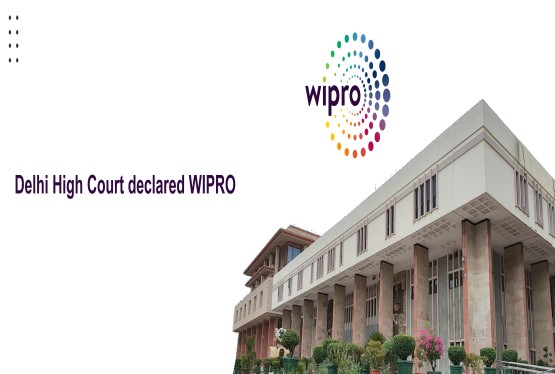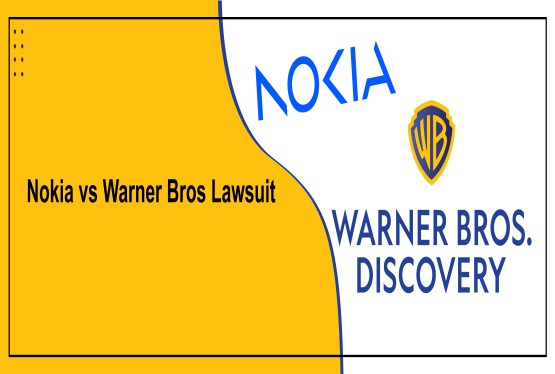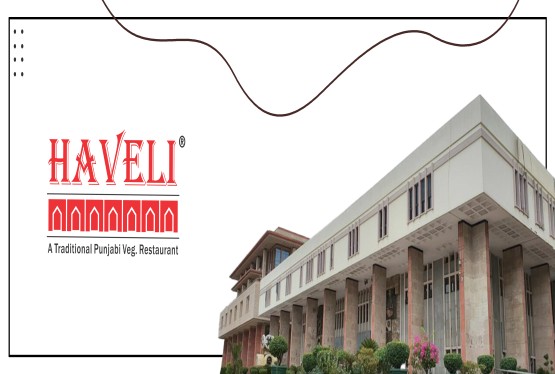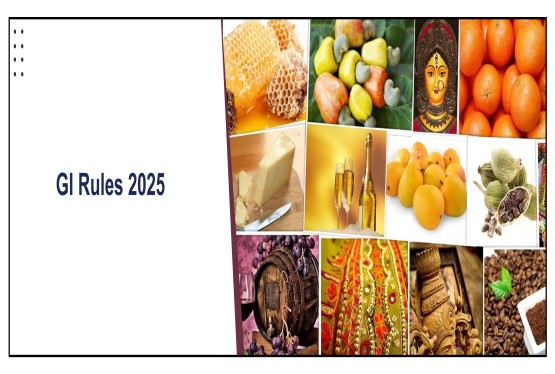The Delhi High Court recently given temporary relief to well-known music composer A.R. Rahman in a copyright case. The case is about his song ‘Veera Raja Veera’ from the Tamil movie Ponniyin Selvan 2. A classical singer, Ustad Faiyaz Wasifuddin Dagar, claimed that Rahman copied parts of the song from an old devotional piece called ‘Shiva Stuti’, which was sung by the famous Dagar Brothers. The court has now put the earlier orders on hold and said the matter needs a full hearing before any final decision is made.
Learn more about Well-know trademark.
Background
The copyright dispute began when Ustad Faiyaz Wasifuddin Dagar, a classical singer and descendant of the Dagar Brothers, filed a case against A.R. Rahman. He said that Rahman’s song ‘Veera Raja Veera’, used in the movie Ponniyin Selvan 2, was heavily based on ‘Shiva Stuti’, a devotional piece performed by the Dagar Brothers in the Dhrupad style, one of the oldest forms of Indian classical music. Dagar claimed that Rahman used the same melody, tune, and structure as Shiva Stuti without permission and without giving credit. Because of this, the court earlier ordered Rahman and the film producers to deposit Rs.2 crore and include credits for the Dagar Brothers wherever the song was used. However, Rahman appealed against this order. The Delhi High Court has now paused the earlier decision and said that the issue needs to be properly examined through a full hearing. The judges also questioned whether the original piece was truly created by the Dagar Brothers or if it was a traditional composition, which may not be protected under copyright law.
Learn more about Copyright Registration.
Relevant Sections of the Copyright Act, 1957
Section 13 – Meaning of Copyright
This section defines the works that are protected under copyright law, including original musical compositions such as songs. In this case, the court will consider whether the song ‘Veera Raja Veera’ qualifies as an original musical work deserving protection.
Section 14 – Meaning of Copyright
This section grants the copyright owner exclusive rights to reproduce, perform, or communicate the work publicly. If A.R. Rahman used the original music without permission, it may violate these exclusive rights.
Section 51 – Infringement of Copyright
This section explains that copying or using someone else’s copyrighted work without permission amounts to infringement. The key issue is whether Rahman’s song copied the devotional composition ‘Shiva Stuti’ without authorization.
Section 52 – Exceptions to Copyright
This section allows limited use of copyrighted works for purposes like education or research but does not permit commercial use without consent. Since ‘Veera Raja Veera’ is a commercial song, this exception likely does not apply.
Section 57 – Moral Rights
This section protects the creator’s right to be credited and to object if their work is distorted or misused. The heirs of the Dagar Brothers may claim moral rights to ensure proper credit and respect for the original composition.
Delhi High Court’s Decision
The Delhi High Court gave relief to A.R. Rahman in the copyright case related to his song ‘Veera Raja Veera’. Earlier, a lower court had asked Rahman and the movie makers to pay Rs.2 crore as compensation and to give credit to the Dagar Brothers, who claimed the original devotional song ‘Shiva Stuti’. However, the High Court has now stayed (paused) that order temporarily. The judges said that before making any final decision, the court must carefully study the details of the case. The court pointed out that it is not clear whether the original song was actually created by the Dagar Brothers or if it is a traditional devotional piece that belongs to the public and cannot be copyrighted. Because of this, the court decided that more investigation and hearing are needed to understand if Rahman’s song actually infringes copyright law or if it is allowed under certain exceptions. Until the case is fully decided, Rahman is allowed to use the song without any restrictions.
Final Words
The Delhi High Court’s decision to grant temporary relief to A.R. Rahman shows that copyright disputes require careful and detailed examination before final judgments. It is important to determine if the song is truly original or part of traditional music accessible to all. This case highlights the balance needed between respecting creators’ rights and allowing use of old devotional works. For now, Rahman can use his song, but the final verdict will come after the court’s full hearing, which could set an important precedent for future copyright cases involving traditional music.
FAQ's
Q1. What is this copyright case about?
Ans. The case is about A.R. Rahman’s song ‘Veera Raja Veera’ from the movie Ponniyin Selvan 2. A classical singer, Ustad Faiyaz Wasifuddin Dagar, claimed that Rahman copied parts of an old devotional song called ‘Shiva Stuti’, originally sung by the Dagar Brothers, without permission or credit.
Q2. Who filed the case against A.R. Rahman?
Ans. Ustad Faiyaz Wasifuddin Dagar, a classical singer and descendant of the famous Dagar Brothers, filed the copyright infringement case against Rahman.
Q3. What did the lower court decide?
Ans. The lower court asked A.R. Rahman and the movie makers to pay Rs.2 crore as compensation and ordered that credit be given to the Dagar Brothers wherever the song is used.
Q4. What did the Delhi High Court decide?
Ans. The Delhi High Court temporarily paused (stayed) the lower court’s order. It said the case needs a full hearing and detailed investigation before any final decision. The court also noted it is unclear if the original song was truly composed by the Dagar Brothers or if it is a traditional piece that cannot be copyrighted.
Q5. Can A.R. Rahman use the song now?
Ans. Yes, until the full case is decided, the High Court has allowed Rahman to use the song without any restrictions.
Q6. Which sections of the Copyright Act are relevant in this case?
Ans. Important sections include Section 13 (what copyright protects), Section 14 (rights of copyright owners), Section 51 (copyright infringement), Section 52 (exceptions to copyright), and Section 57 (moral rights to credit and protect original work).
Q7. What is the main issue the court is trying to decide?
Ans. The court needs to decide whether Rahman’s song copied the copyrighted devotional song ‘Shiva Stuti’ without permission or if the song is a traditional work free for public use.
Q8. Why is this case important?
Ans. This case shows how courts carefully balance protecting original creators’ rights with allowing use of traditional or devotional music that may belong to the public domain. It will also guide future copyright cases involving similar music.

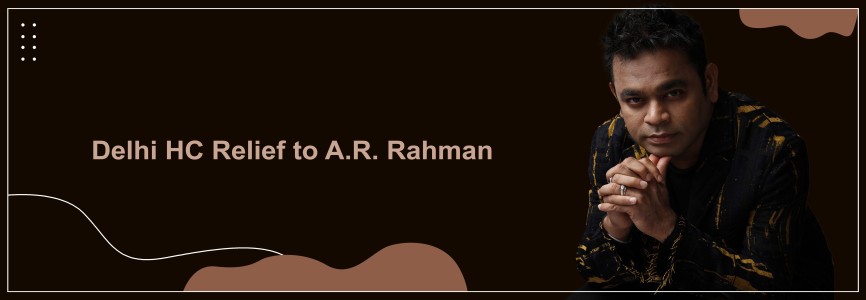




























_(b)_of_the_Trademark_Act,_1999_(1)_crop10_thumb.jpg)



_crop10_thumb.jpg)




























_crop10_thumb.jpg)
_crop10_thumb.jpg)






_crop10_thumb.jpg)








_crop10_thumb.jpg)



_crop10_thumb.jpg)





























_crop10_thumb.jpg)

















_crop10_thumb.jpg)






_crop10_thumb.jpg)












































































































































_crop10_thumb.jpg)




































_crop10_thumb.jpg)












_crop10_thumb.jpg)













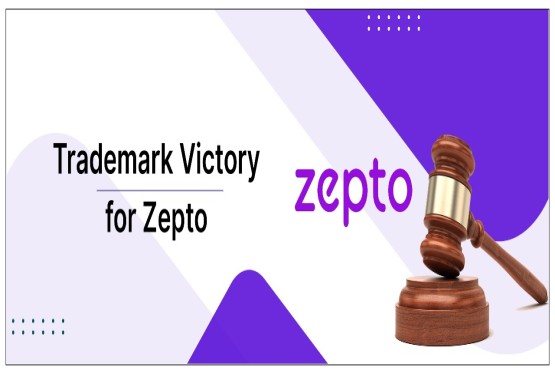

































_crop10_thumb.jpg)


















